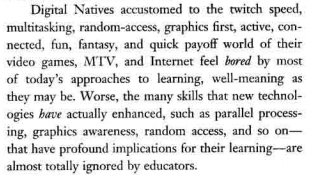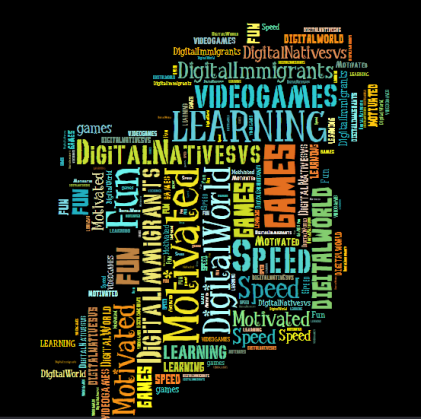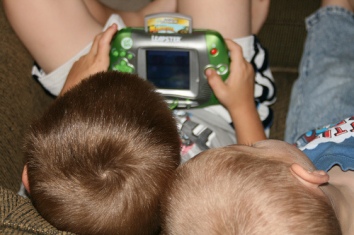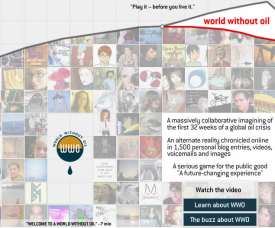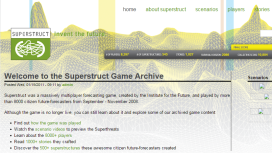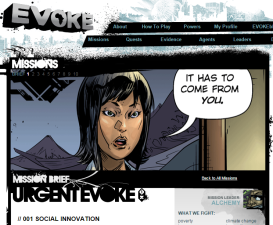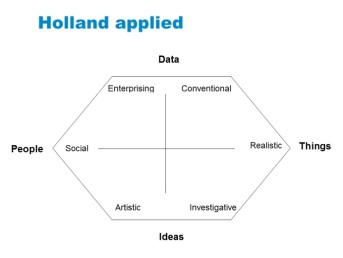For my major digital project this semester I’ve been exploring MOOCs–Massive Open Online Courses. I think it’s pretty amazing that you can learn just about anything online and a lot of it for FREE!
My plan was to learn about engaging primary students through the use of games, technology and infusing other forms of play like song and movement. I discovered applicable MOOC course options after lengthy searches through MOOC lists. There’s so many choices out there it’s difficult to narrow it down but I appreciated being able to search by topic, date or other criteria (like cost! Free is good!)
My first MOOC was a self-paced course offered by OpenLearning called, Gamification in Education taught by Dr. Tom Benjamin from Australia. The content offered lots of game theory which was fascinating but not always easy to apply. The content delivery was well-sequenced, if a bit cheesy and the fact that the instructor noted limitations of gaming rather than just touting its benefits helped to establish credibility with me as a user. Benjamin’s credentials, affiliations and links to his other research also helped to secure the MOOC’s credibility especially since the course itself wasn’t affiliated with a traditional university.
I thought that the technical component provided by OpenLearning was mostly seamless though sometimes a little cumbersome. The links weren’t always laid out in the best way to navigate back and forth between modules, assignments, resources, etc. but I did manage to get where I had to go without too much backtracking!
I really appreciated the self-directed pace but missed the opportunity to connect with other learners. Though the MOOC provided the structure wanted, I found having little accountability for deadlines a challenge. I also found it difficult to stay motivated when the course theory wasn’t supported with contextual examples that resonated with me. Why am I taking this again? I also wasn’t sure how in depth my assignment responses were supposed to be as there was little said about criteria. I tried to complete them in a manner that would be most useful for me in my teaching practice but I also found that I was wanting assignments to more closely correlate with what I’m doing professionally so I could more directly apply my learning.
Despite these hurdles, I learned a lot! In a previous post, Games in Education, I outlined the basics of the gamification principles that I gleaned from the course. I learned that adding unknowns (like dice or a spinner) can level the playing field, that intermittent rewards are the most effective, and that the size or quality of the prize is mostly irrelevant! I took some of my learning back to my classroom with me and describe a few of the games I created in a post entitled, Morphing My MOOC Project. Since then I’ve been working on game elements to aid in classroom management. The jury’s still out on whether it has been a success or not!
In the end I was pleased with my first MOOC experience but thought that “learning with a cohort would be more valuable for me as it would help further my learning and provide more accountability for assessment purposes.”
Next up was the iPads in the Classroom MOOC but unfortunately that plan took a nose dive when what was advertised as a free course turned out to be not so free. Now what? Who’s in charge of course descriptions and how did that error happen? Hmmm…perhaps appealing to the masses means skimming over the details?
Ok, Plan B…or was that C? Many of my young students are very engaged with playing Minecraft and though I dabbled with it a bit last year I wanted to learn more about how it could be used in the classroom. I was excited to find, Getting Started with MinecraftEdu (link no longer available) on Canvas Net and equally excited that this MOOC experience would provide the opportunity to learn alongside a cohort.
The MOOC immediately started out with a hiccup in that the ‘free’ MOOC required software that was not free. Foiled again! Lesson learned–read the fine print. I decided to begin anyway and see if I could figure out the software requirements (maybe even buy it?) in the mean time.
The Minecraft MOOC started in much the same way as far as content delivery. I appreciated that it too provided some of the principles of game theory but it also took it a step further to explore gaming in our digital culture. This along with some of the great resources really gave this MOOC credibility. I particularly liked Jane McGonigal’s Tedtalks (see one of them below), Marc Prensky’s Computer Games and Learning: Digital Game-Based Learning, and the extensive list of Teaching with MinecraftEdu resources.
What was different with this MOOC experience was learning with a cohort…all 900 of us! At the outset of the course we were to introduce ourselves then peer assess three introductions. Though the assignment criteria was spelled out, the evaluation scheme wasn’t and whether our peer reviews would be assessed was uncertain. In her article, The Problems with Coursera’s Peer Assessments , Audrey Watters states that though peers are better than ‘robot graders’, peer assessment in large classes like MOOCs are difficult because of the variability of feedback, lack of feedback on feedback, anonymity of feedback, and lack of community (‘Are they really peers?’). I would add that the technical aspects of giving and receiving that feedback can also be troublesome as was my experience.
Students were also asked to join small learning groups of about 20-25 students within the course. Though I eventually found my way through the maze of links to join a group it didn’t feel like we ever developed a sense of community as there didn’t seem to be any structure or assignment in place to use that community. Did I miss something?
As the MOOC progressed, my software issues loomed. I discovered that even if I wanted to buy MinecraftEdu I couldn’t because it requires a bulk purchase through an educational institution and was again disappointed to learn my division did not have licensing. Realizing the issue, our instructor made arrangements for all of us to ‘borrow’ a client version that would run off his school’s server courtesy of the software developers. Cool! Problem solved…except that it wouldn’t launch on my computer and despite reaching out to our instructor online I didn’t get my issues resolved and had to find another way to accomplish what I wanted to learn. I bought the commercial version and completed the assignments as much as I was able to. (Not sure I would’ve been as committed if it hadn’t been required for my digital learning project for this class!) Aside from the community builds, I did accomplish most of the Minecraft tasks using online tutorials as my guide. Here’s the culmination of my Minecraft learning:
This appeared in my post, Spawning Ideas for Gaming in the Classroom, which I tweeted to the MOOC instructor to say thanks. He replied back to me to offer a second opportunity to try the MOOC activities. He helped me resolve my software issues (Java Runtime NOT Java) and dropboxed the tutorial world file for me to try. Who knew that you could do extra credit assignments to complete a MOOC?! Now there’s a great teacher.
I’m not sure I’m any closer to using Minecraft in the classroom but I have gotten over the initial hump of learning how to play and I have a much better understanding of the possibilities that gaming can offer in the classroom.
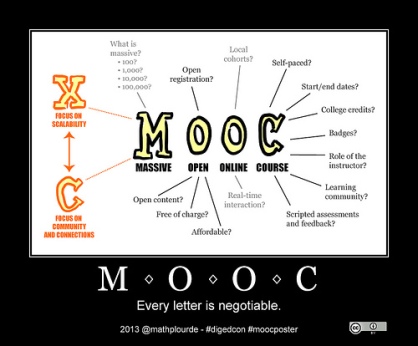
Photo Credit: mathplourde via Compfight cc
As for MOOCs, I’ve learned a lot about them too. There are benefits and pitfalls to the MOOC experience and I’ve experienced them both. In this article posted by my colleague Brittany Bandur, Tony Bates outlines some of the strengths and weaknesses of MOOCs.
- MOOCs offer open and free education but it isn’t always accessible and appropriate to those that need it.
- MOOCs have the potential to reach a wide demographic but typical MOOC students “are already well-educated and employed.” Hollands and Tirthali (2014), researchers at Columbia University Teachers’ College
- MOOC participation is flexible-from the casual observer to the full participant. Unfortunately few participate fully or complete the course.

Ho et al. (p.13) produced this diagram to show the different levels of commitment to xMOOCs
The weaknesses are echoed in Mindshift’s How to build a better Mooc (posted by my colleague Jaylene Brass) which cites Konnikova’s, Will Moocs be flukes? published in the New Yorker.
The premise of the MOOC movement is as commendable as it is democratic: quality education should not be a luxury good.”
She goes on to suggest that using control theory–formative assessment to inform individualized curriculum–would help to build a better MOOC. If it’s too easy or learner’s aren’t accountable enough the learning won’t be effective. She calls on Bjork’s theory of desirable difficulties in saying “MOOCs would likely be more effective if they didn’t shy away from challenging students, rather than presenting a fluid experience which gives the false impression of the learning and retention.”
I would have to agree. Throughout my MOOC experiences I was looking for assignments that would help me learn the content rather than just go through the motions.
Despite having trouble with timely facilitator feedback, access to resources, and a lack of learner community, I loved the easy access to learning something new. And while I loved the self-paced flexibility, as a student I needed more accountability. I think students would thrive in a learning environment that allowed them to explore their interests and needs at their own pace and level while at the same time providing some structure and rigor in their learning tasks.
Now, how to leverage these principles in my grade 2 classroom? Hmmm…there’s probably a MOOC out there to help me figure that one out! Always learning.
Thanks for reading. I welcome your feedback.
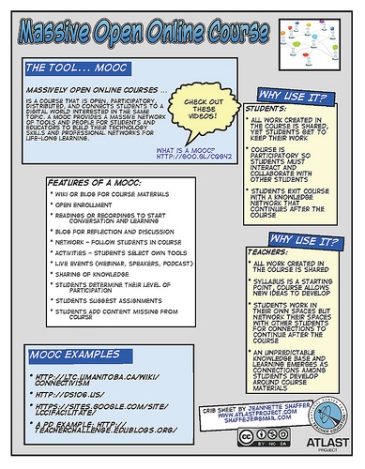
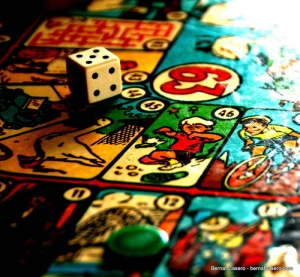
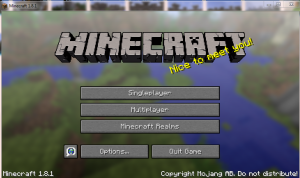
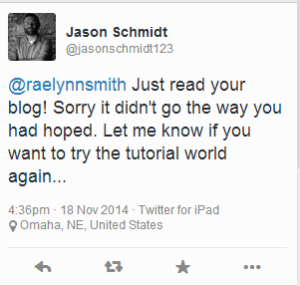
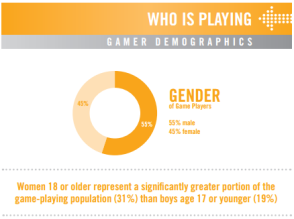
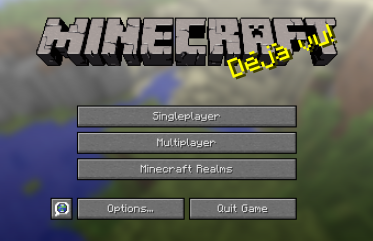
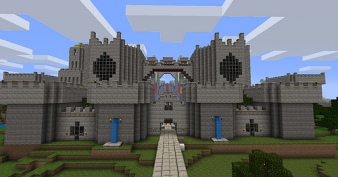
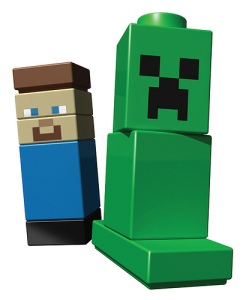 Photo Credit:
Photo Credit: 



